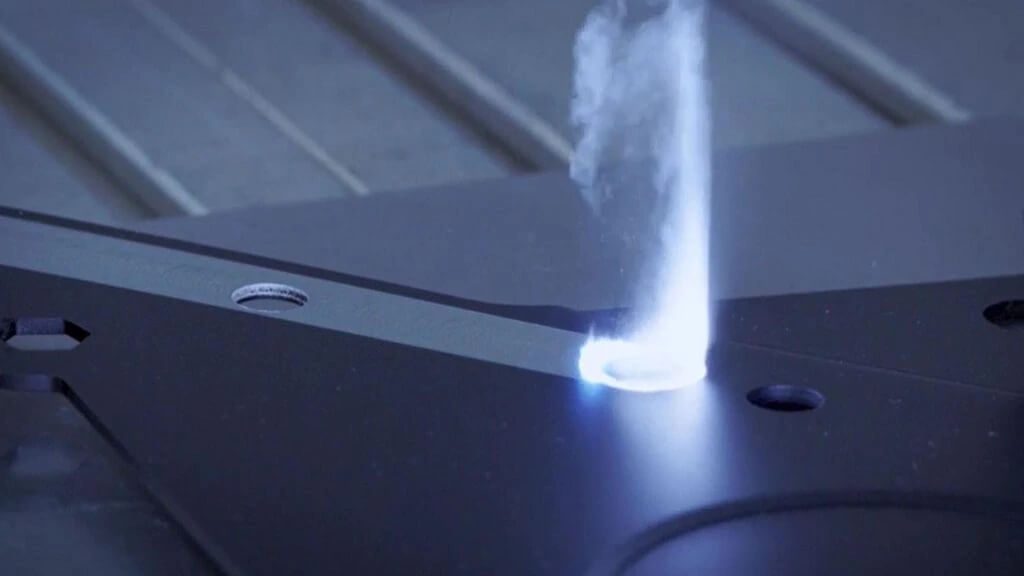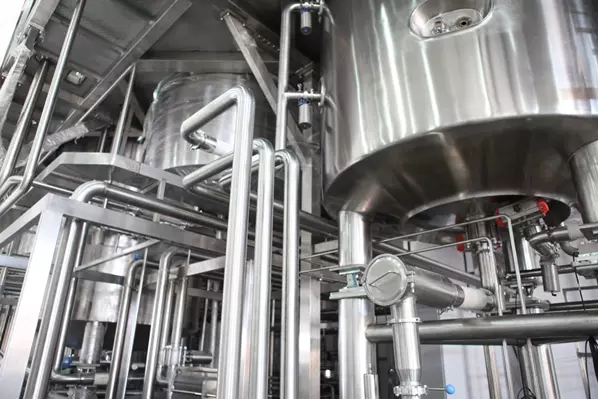Comments
- No comments found

The current manufacturing industry has evolved rapidly, with modern innovations being applied in various scenarios.

Modern cleaning machines, such as laser paint removers, have replaced traditional processes, such as chemical corrosion, mechanical friction, and strong impact cleaning, which were time-consuming and largely ineffective.
However, being a new technology, many people still don’t fully understand how to remove paint with a laser. Below are common questions asked by those interested in the new paint removal technology.
Laser paint removal typically uses radiation to evaporate impurities from material surfaces. Laser pulses generate heat which affects the paint and other impurities. High temperatures in the material create high-pressure, forcing the impurities to evaporate.
Unlike traditional paint removal methods, laser paint removal is non-abrasive, non-contact, and very gentle on material substrates. Since most impurities evaporate, no waste is generated during the paint removal process.
Some advantages of laser cleaning include:
Low operating costs compared to traditional paint removal methods
No damage to the underlying material
Eco-friendly
Fast and efficient
Produces minimal to no waste, which complies with EPA regulations
Apart from paint removal, laser cleaners can be used in:
Deoxidization or rust removal – Laser cleaners are widely known for rust removal. Lasers can remove rust from all materials, including nuts and large machinery.
Removing coating – Cleaning with a laser is the best way to prepare steel before welding, gluing, or soldiering.
Degreasing – Commonly used in production and processing industries. Laser efficiently removes dirt, moisture, grease, and other contaminants.
Restoration – Laser cleaning effectively restores worn-out objects. It cleans soot and smoke-stained materials.
Laser cleaners have power ranging between 100W and 2000W. While these lasers can provide the same cleaning results, they differ in the time taken to clean and the quality of substrate finish. Before removing paint with a laser, you should consider the size and type of surface to be cleaned.
These machines are also either water-cooled or air-cooled. Water-cooled laser machines can operate for a long period before requiring a cooling shutdown. Air-cooled laser machines are cooled by fans or cooling fins using environmental air while water-cooled machines require a condenser or chiller.
Below are the three categories of laser cleaners:
Low power laser cleaners – These have a power rating of 100W and are air-cooled. Best for cleaning rust and NDT, especially in hard-to-access areas.
Medium power laser cleaners – These have a power rating of 200W to 300W. Best for corrosion, paint, stains, and rust cleaning.
High-power laser cleaners – These have power ratings between 500W and 2000W. Cleans rust, heavy paint, and coating.
All-laser cleaners are classified as category 4, so you should follow specific regulations to use them safely. For instance, lasers produce infrared rays of 1064 to 1070nm wavelength. Wear protective goggles before cleaning with laser machines. The EN 60825-1 guide outlines other usage specifications.
The cleaning process uses pure light and doesn’t require additional chemicals. Laser cleaning doesn’t generate waste, unlike sandblasting, where sand used in cleaning is contaminated and should be cleaned after.
Using a laser to strip paint from wood or bricks is not recommended. Brick material is a porous substrate, while wood is combustible and can ignite upon exposure to laser beams.
While it can be used to clean historic restorations, it depends on the contaminant and nature of substrate material. Laser cleaning solutions have previously been used to clean historic conservations, such as the U.S Capitol building and pyramids.
There is no exact time estimation of how long it takes to remove paint using a laser. The time taken depends on your chosen laser system, settings used, contaminant, thickness, and substrate geometry. Nonetheless, the maximum cleaning rate is around two square feet per minute.
Laser removal is a new technology that overcomes several pitfalls associated with traditional rust and paint removal. You can use this method to give new life to pipes, bridges, and other large projects. However, while the process of removing paint using a laser isn’t complicated, you should observe various precautions. Be sure to contact a reliable paint removal solution service provider.
Leave your comments
Post comment as a guest